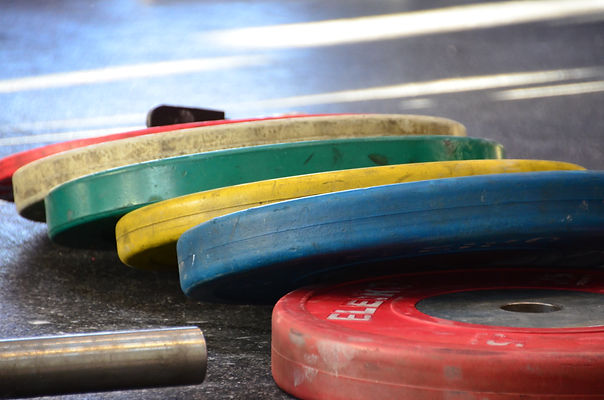A Case for Complex Training
- Dave McDowell
- Jun 29, 2015
- 3 min read
Complex or Contrast training is often referred to as post activation potentiation (PAP). This type of training can be very useful when looking to improve strength and power qualities in a single training session. To use this type of training the common practice is to pair a heavy strength exercise (3-5RM) with a similar higher speed exercise. Some typical examples of this are squats/jumps, olympic lifts/jumps, bench press/medball throws or any other combination involving similar muscles and movements. The idea behind complex training is that in pairing the higher load exercise with the lighter load exercise the power output will be greater on when the lower load exercise is performed.

This type of training was originally reported on when Fleck and Kontor visited the soviet union in 1886. Since then it has been written about many times and become a popular way for strength and conditioning coaches to enhance the power outputs of their athletes. Machines such as Keiser Functional Trainers can offer a great power pairing for complex training. Allowing for loading in all directions as well as power displayed on the screen.
How Do We Complex Train?
As mentioned previously PAP training involves the pairing of 2 or more mechanically similar exercises starting at higher loads slower speed and progressing to lower load higher speed. A pairing of 2 exercises together is often referred to as a “complex pair” whilst pairing 3 exercises is a “complex triad”.
With this in mind the pairing of similar exercises can be used in complexes to increase the power output. Examples of this may look like:
A1 – Back Squat 3RM
Rest 1-3 minutes
A2 – Max Box Jump 1x
Rest 1-3 minutes
Repeat 2 – 3x
The inclusion of the maximal back squat exercise paired with the mechanically similar box jump exercise should allow the athlete to achieve a higher box jump due to increased power output. This type of training is typically more effective when adequate rest periods are allotted to the exercise pairings. Allowing for more complete recovery between exercises increases the amount of power that is able to be generated on the paired exercise. Typically rest periods of between 2 and 5 minutes can be utilized.
It should be noted that this type of training is most effective in stronger individuals. To date many studies have found that athletes who are stronger (IE squat approximately 2x bwt) benefit greatest from complex training. However also studies that did not find great benefit from this type of training also did not find it to be counter-productive. This type of training can also be used to add variety to the training session and increase the enjoyability for the athlete.
Some Ideas for Complex Pairings
Squats with Jump Variations (box, depth, hurdle, multiple hurdle) Olympic Lifts with Jump Variations Bench Press with Medball Throws, Ballistic Pushups Squats with Jumps Olympic Lifts or Sprints
Wrap Up:
Complex training has been shown effective and a viable way to increase power outputs in stronger athletes. It has also been shown to not be counter-productive in other athletic populations. When programmed correctly complex training can offer effective, and challenging variation to a training program that will allow athletes to increase their power outputs as well as variety in their training plan. When starting a complex program ensure adequate rest between exercise pairings so that maximal power outputs can be achieved on pairings. Begin with exercises that are similar, and allow for creativity to create new exercise pairings that may be effective and enjoyable.








Comments